I've drawn a picture, which you might find helpful.
Note that zipWtih op (x:xs) (y:xs) = (op x y):zipWith xs ys, which is how zipWtih appears to "move" right along the list. It's reading elements and spitting out sums:

Here's a more detailed step-by-step evaluation. (Although I'll paste copies of what's there, there's only one copy in memory.) I'll use .... for things I can't be bothered to write out.
fib = 0:1:zipWith (+) fib (tail fib)
= 0:1:zipWith (+) (0:1: .... ) (tail (0:1: .... )
= 0:1:(0+1:zipWith (+) (1:(0+1: .... )) ( 0+1:..... ))
= 0:1:1:zipWith (+) (1: ....) (......)
notice that now we know that zipWith (+) fib (tail fib) = 1:......
= 0:1:1:zipWith (+) (1:1: ....) (1:......)
= 0:1:1:(1+1):zipWith (+) (1:(1+1): .....) ((1+1):....)
= 0:1:1:2:zipWith (+) (1:2: .....) (2:....)
I'll go a little faster:
= 0:1:1:2:(1+2):zipWith (+) (2: .....) (....)
= 0:1:1:2:3 :zipWith (+) (2:3 .....) (3:....)
= 0:1:1:2:3:(2+3):zipWith (+) (3:(2+3):.....) ((2+3):.....)
= 0:1:1:2:3:5 :zipWith (+) (3:5:.....) (5:.....)
= 0:1:1:2:3:5:8 :zipWith (+) (5:8:....) (8:......)
= 0:1:1:2:3:5:8:13 :zipWith (+) (8:13:....) (13:......)
= 0:1:1:2:3:5:8:13:21:zipWith (+) (13:21....) (21:......)
At each stage, the last two arguments to the zipWith function are like pointers to (one and two positions) further up the fib list than we are at present.
